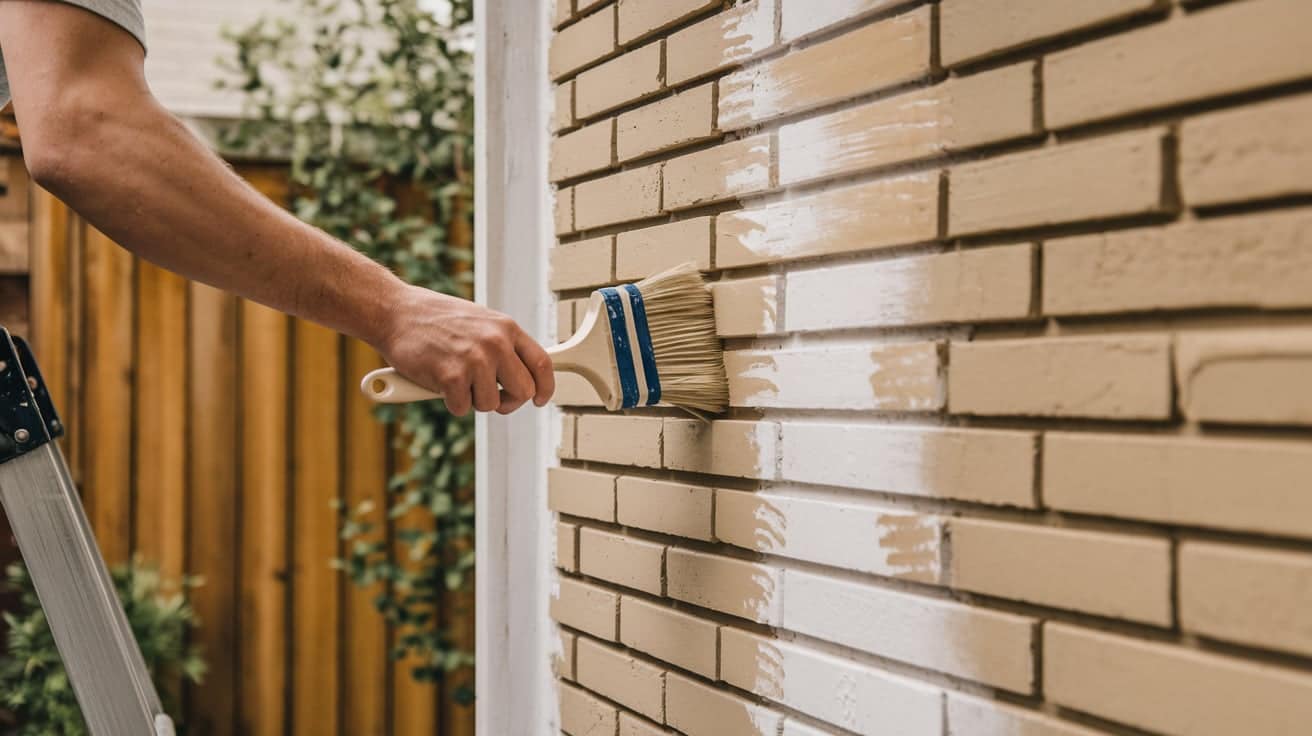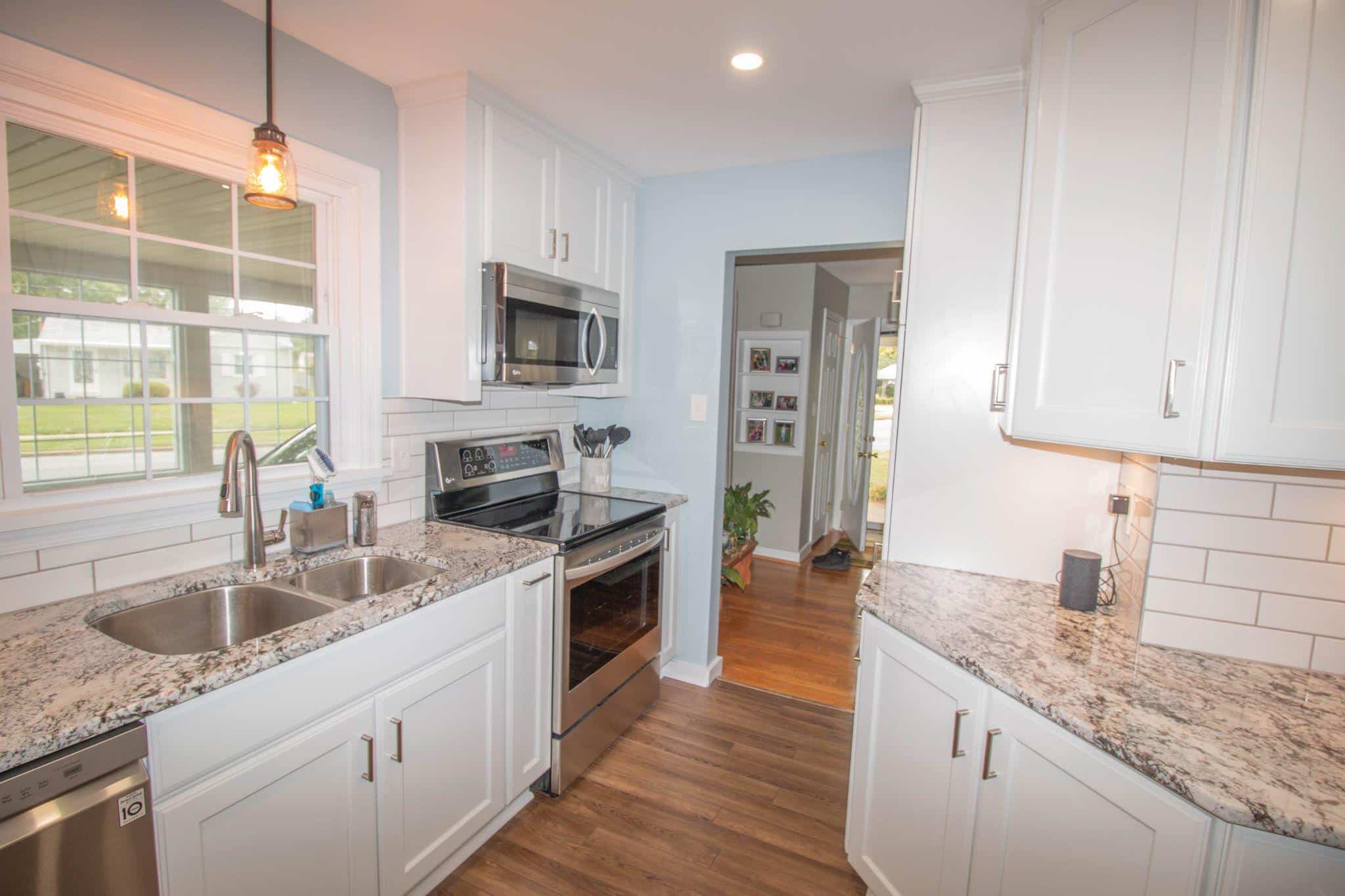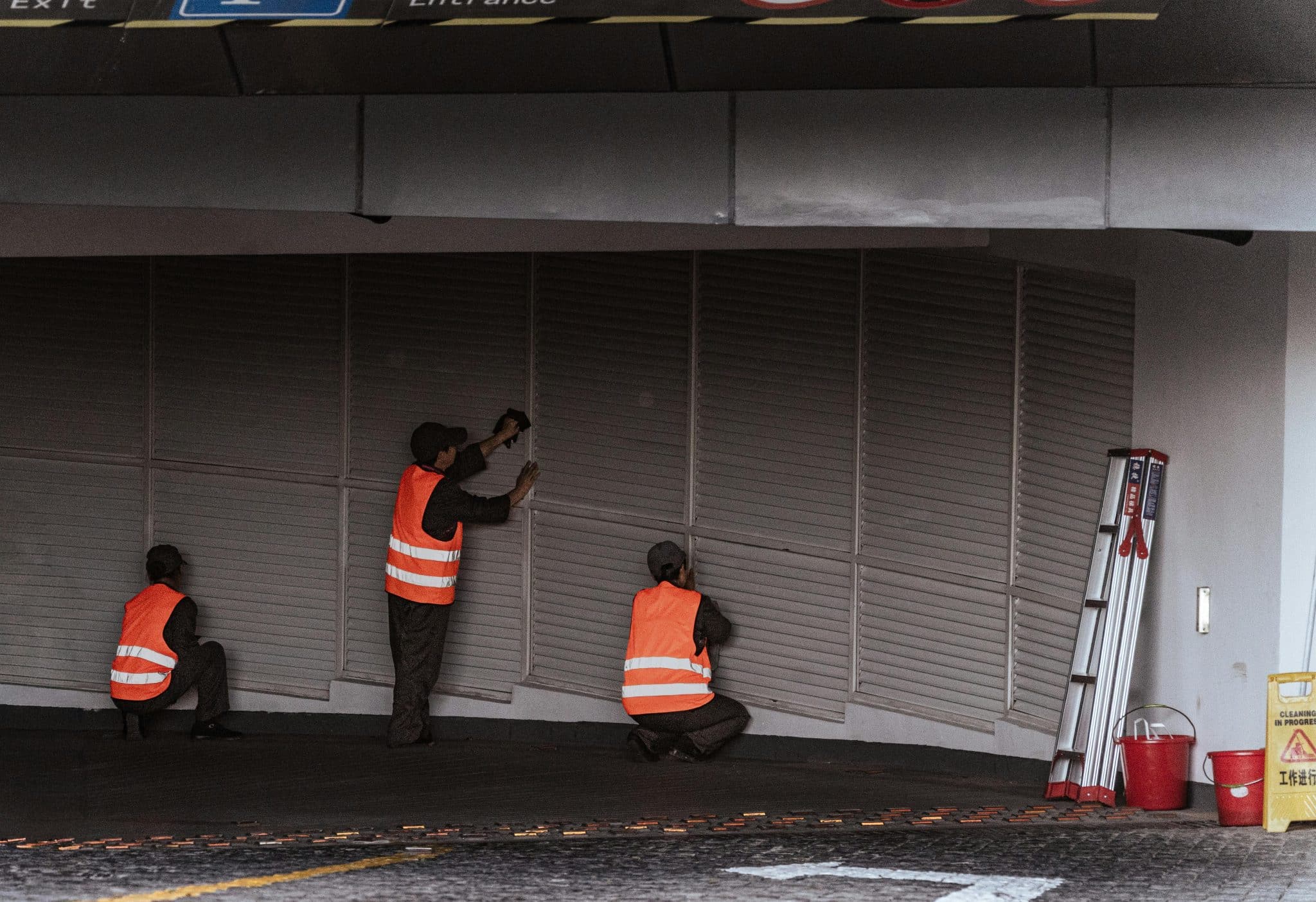Updating old brick can feel like walking through a maze. You want your home to look better, but finding the right method can be overwhelming.
I tried several techniques before discovering limewash, a traditional finish making a strong comeback for good reasons.
I’ll show you a simple, cost-effective way to update your brick exterior while maintaining its natural character.
Having transformed my own 2002 brick home, I can guide you through each step of the limewash process.
In this guide, I’ll share the exact tools you’ll need, my step-by-step application method, and practical tips to help you get professional-looking results.
Let’s make your brick transformation as smooth as possible.
Tools Required for Limewash Application
| Tool | Purpose | Quantity |
|---|---|---|
| Masonry brushes | Applying limewash evenly | Multiple for teamwork |
| Small chip brushes | Detailing around window trim | Several for detailed work |
| Paint mixing paddle attachment | Mixing limewash thoroughly | One per drill |
| Pressure washer | Cleaning the brick surface | One |
| Leaf blower | Drying the brick quickly | One |
| Water hose with adjustable nozzle | Controlling water flow for cleaning and dilution | One |
| Paint buckets | Holding limewash for application | Multiple as needed |
| Bucket lids | Sealing mixed limewash for later use | One per bucket |
| Ladders | Reaching higher areas | Including a 25-foot ladder for taller homes |
| Scaffolding | Providing stable access for higher elevations | For two-story homes as needed |
Materials Required for Limewash Application
| Material | Purpose | Quantity |
|---|---|---|
| Masonry paint | Creating the limewash mixture for coating | As needed for coverage |
| Water | Diluting the paint to achieve the desired consistency | Sufficient for proper dilution |
Limewash Brick Exterior: Step-By-Step Guide
Step 1- Surface Preparation
To ensure proper paint adhesion, Start with a completely clean surface.
Using a leaf blower, remove all loose debris, paying special attention to corners and crevices. Then, thoroughly pressure wash the entire brick surface.
The pressure washer removes dirt, mold, and any loose material that could prevent the paint from bonding properly. Finally, let the surface dry completely before proceeding.
This step is essential for long-lasting results.
Step 2- Paint Mixing
Begin by preparing small, manageable batches of paint. Pour the masonry paint into a bucket, gradually adding water while mixing with a drill-mounted paddle attachment.
The key is finding the right consistency. It’s not too thick that it’s difficult to apply, but not too thin that it runs. To minimize splashing during mixing, create a small hole in a spare bucket lid and insert the mixing paddle through it.
This simple technique helps keep the work area clean and ensures thorough mixing.
Step 3- Surface Moisture Control
Before applying any paint, wet the brick surface using a garden hose.
The bricks should be damp but not dripping wet. This moisture helps the paint bond with the surface and creates a better finish.
Keep a spray bottle or hose nearby to maintain proper moisture levels throughout the painting process. The right amount of moisture makes the application smoother and helps achieve better coverage.
Step 4- Test Area Application
Select a small, inconspicuous area to test your paint mixture and application technique.
This test area serves multiple purposes: it helps you perfect the paint consistency, shows how the color will look when dried, and allows you to practice your application method.
Based on the results of this test area, adjust your technique and paint mixture.
Step 5- Paint Application Technique
Use masonry brushes to apply the paint, working it into the surface with firm, consistent strokes.
Start from the top of each section and work downward to control drips.
Pay attention to getting paint into all the grooves and ensuring even coverage. Avoid using rollers as they can’t properly penetrate the brick’s surface texture and may create an uneven finish.
Step 6- First Coat Process
Apply the initial coat systematically, working in 3-4 feet wide sections. Maintain a wet edge to prevent visible lines between sections.
Ensure consistent coverage across both bricks and grout lines. Work methodically across the wall, keeping track of where you’ve painted to avoid missed spots.
Take breaks between sections to step back and check for even coverage.
Step 7- Initial Assessment
After applying paint to each section, wait 20-30 minutes to evaluate the look. This waiting period allows the paint to begin setting and gives you a better idea of the final appearance.
Look for any thin spots, missed areas, or inconsistencies in coverage. Make notes of areas that might need additional attention in the second coat.
Step 8- Texture Creation
After the initial set time, use a garden hose with an adjustable nozzle to add texture to your finish.
Spray water gently on selected areas to remove small amounts of paint, creating natural-looking variations in the surface. Be careful with water pressure. Too much force will remove too much paint.
Work systematically and step back frequently to ensure the texture looks natural and balanced.
Step 9- Second Coat Application
Apply additional coats as needed for complete coverage. Wait until the first coat is thoroughly dry before starting the second coat.
Use the same systematic approach as the first coat, but pay special attention to areas noted during your assessment. The second coat often requires less paint but demands more attention to detail to ensure a uniform finish.
Step 10- Final Inspection and Touch-Ups
Once all coats are complete, thoroughly inspect the entire surface. Look for any missed spots, thin areas, or inconsistencies in texture.
Check the surface at different times of day and in various lighting conditions to ensure uniform coverage.
Make any necessary touch-ups, carefully examining corners, edges, and areas around windows and doors. Document any techniques or mixtures that worked well for future reference or touch-ups.
Video Tutorial
Check out this YouTube video for a detailed step-by-step tutorial on How to Apply Limewash on Brick Exteriors
Tips and Tricks
Paint Mixing:
- Mix small batches rather than large quantities
- Paint thickens quickly, so fresh batches work better
- Keep stirring throughout the application process
- Test consistency on a small area before large-scale application
Application Strategy:
- Start at the back of the house to perfect your technique
- Work in the shade when possible
- Paint grout lines along with bricks for a uniform look
- Keep the surface wet while working
Safety and Practicality:
- Have multiple people for tall sections
- Use proper safety equipment on ladders and scaffolding
- Plan for multiple weekends of work
- Purchase extra materials to avoid running short
Time Management:
- Plan for approximately three weekends of work
- Account for weather conditions
- Work in sections that can be completed in one session
- Allow time between coats for proper assessment
Correction Options:
- Paint can be removed within three hours using a pressure washer if needed
- Keep extra paint for touch-ups
- Document successful techniques for consistency
Weather Considerations:
- Consider sun position when planning work order
- Account for temperature and humidity
- Plan around weather forecasts
- Different sides of the house may need different approaches
Conclusion
Limewashing your brick exterior requires preparation, patience, and attention to detail. While the process might seem simple, each step plays a key role in achieving lasting results.
From proper surface cleaning to maintaining consistent application techniques, success lies in following the method carefully.
Remember that limewash allows your brick to breathe naturally while providing a unique, time-worn look that ages gracefully.
The subtle variations in texture and color that emerge over time add to its charm. My experience showed that taking time with the preparation and application made all the difference in the final outcome.
The satisfaction of seeing your home’s renewed appearance makes the effort worthwhile.
Your careful work today will create lasting beauty for years to come.








